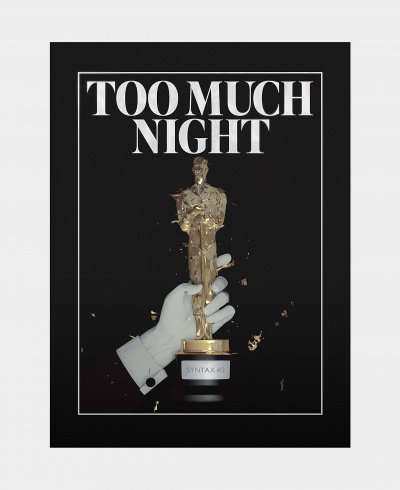MEET CHRISTIAN WEBER
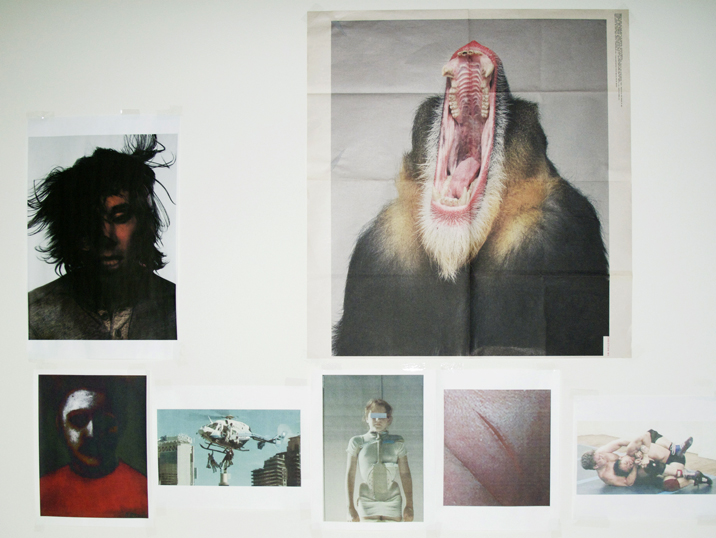
Creating assured images, Weber demonstrates a raw elegance that is at once provisional and precise. His celebrated portraits, architecture, and landscapes reveal a talent equally open to the verve and beauty of contemporary life. His photographs appear regularly in such publications as Life, Details, The New York Times Magazine, and Interview.
Kimberly Lloyd: I immediately fell in love with your short film “Man on Fire”, although some one else might note that hardly anything really happens. What do you think you can get across by such a movie than by a photo?
Christian Weber: I have always been interested in working in mediums other than photography. The isolation of photography is a great tool to tell the truth or to present something as truth. A movie is just a larger toolbox. Such as in a “Man on Fire” the addition of sound and movement takes the static image and delivers a sequence that I hope is unexpected from the original photographic interpretation. A large part of what I create is built upon our illusions, I feel sound is a great component to enhance that.
In reverse — what does an image communicate that a movie is not able to convey?
This is a tough question because I am not sure that an image can communicate anything that a movie can’t. There is a risk in making a movie or moving image, the risk of giving too much away. The same risk exists in making a photograph, but it is a lot easier to restrain. A movie doesn’t have to move much; sometimes a little is enough.
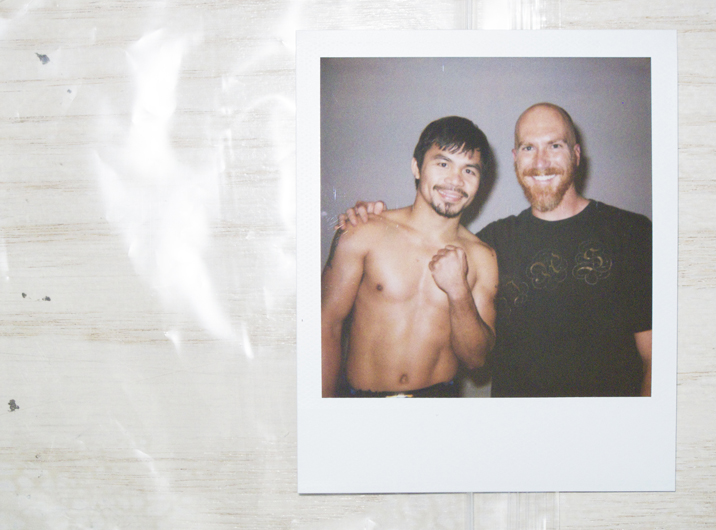
Movies mostly cover a relatively long period of time while photographs capture one moment. What is important regarding this, when taking photographs and preparing your projects?
Symbolism. I approach both photography and film in the same way, in that regard. While making a photograph I focus on the relationships of the subjects that share the frame. How the viewer might interpret those relationships is very important to me. Earlier on, I made images that were more about a glaring impact; “Here it is, now look at it.” Now I try to create the image to just be.
Steven Soderbergh and Michael Mann are directors that are known for their particular use of color filters. Which movies do you recall as impressive just for its visual appearance and effects?
I love “An Element of Crime” by Lars von Trier, “City of lost Children” by Marc Caro and Jean-Pierre Jeunet, “Nil by mouth” by Gary Oldman, and “The Night of the Hunter” by Charles Laughton. The tone of these films reflects the character’s relationships, health, strengths, and fears. These qualities help the viewer to feel like they are watching something with real emotion. “An Element of Crime” and “City of lost Children” also have this other world quality that is sometimes negate of time or place. This is a very interesting tool to use for isolation. “The Night of the Hunter” is brilliant cinematography following a classic story.
Any iconic piece of photography that you would wish to see as a film?
Joel Sternfeld’s “Exhausted Renegade Elephant, Woodland, Washington, June 1979”, and Diane Arbus’ “Identical Twins, Roselle, NJ 1967”.
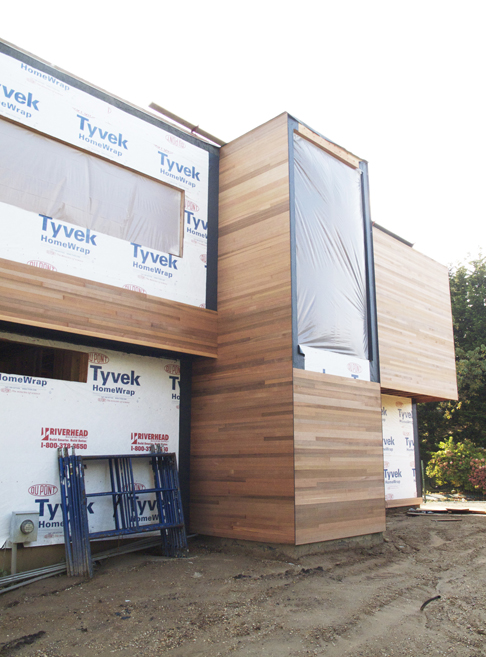

Well, then tell us your story with the twins?
The twins speak at the same time and say the same thing always. They are in stereo. This happens even when they are apart, which is not often. Their body movements are segregated from one another, their thoughts are not. They are individuals in body only. They do not know that this is abnormal this is all they know … it might go something like that.
In the course of their careers some popular photographers e.g. David LaChapelle chose to become directors. Why haven’t you chosen to be a Hollywood blockbuster director?
Right now I can’t imagine going through the process of making a feature film. I work in a very manic and singular state. When I feel the need to create something I want to do it immediately. The process of making work with a large crew is very tiring; the communication and effort to move everyone involved is an entire process to itself. I am fortunate to have found a production team that understands what I need, when I create, and that makes things a little easier.
Which other photographers would make great directors?
Axel Huette, and Inez and Vinoodh.
Why? Which qualities do they have that you regard as essential in a director?
They have consistent work in regards to mood and feeling, I feel this is important for a director. They also seem to create or capture an atmosphere with their work; a film needs a space to unfold within.
Just recently, I spoke to Douglas Kirkland, who once worked on the set of Space Odyssey 2001 and Titanic as a photographer. When recalling the work on those sets, he mentioned what he liked about being a photographer; it is his freedom of working alone, and not having to coordinate every thing with a group 40 people. What about you?
I couldn’t agree more. The commission work I create sometimes needs large crews. I try to set realistic expectations for these projects because having more crew effects how fast and free you operate. Sometimes it has a tendency to make me feel separated from the subject. When you start to flow you really want to keep moving and anytime that gets interrupted or your pace is broken it can be frustrating if your not mentally prepared.
When taking a personality portrait on commission, do most Art Directors exactly tell you how they want you to portrait a person or do they leave most decisions up to you? Which way does it feel easier for you?
I always approach commissions with art directors as collaborations. I also try not to accept a commission unless I feel I am right for the project. I have been fortunate enough to work with great art directors, who have allowed me to make portraits without much direction, even though we were collaborating. I also believe that when you make a portrait, the subject should drive a little, too; this helps it become more of an honest moment.
So, it’s more like “let’s wait and see what happens” instead of “Please, give me that look”?
Yes. It’s like let’s spend a little time together and see what happens.
Personalities like Karl Lagerfeld and Jesse “the Devil” Hughes were in front of your camera. Do you enjoy the interaction with people or do you prefer landscapes? And is that interaction a good or a bad one with the more popular person?
I like them both equally and for the same reason. It’s about waiting for that right moment; when the subject presents itself and aligns with your vision. With a landscape it unfolds with light, with a person it is an emotion or interaction. I tend to have really good experiences while photographing celebrities. My goal is to isolate myself with them. I create a private environment to make their portraits.
How much time do you usually spend with the “subject”? Do you talk a while with the persons you have to portrait to warm them up? Do you research a lot, and try to interpret the personality of your subject or it is a less intellectual approach?
I try to spend enough time to capture an image that I am happy with while not keeping the subject there beyond their expectations. I have conversations with my subjects while I am making their portrait, sometimes the best images are when they are mid sentence or contemplating a response to a question that I have asked. I always try to have some information on my subjects, this helps drive the conversation.
You submitted brilliant photographs to Qompendium Print Publication – the Nasa Langley Space Research Center is a huge editorial in our magazine, and we enjoyed layouting every page. How come you were allowed to take pictures behind those high security walls?
I was working on a commission for a client in India, and they had requested that I create some images in a wind tunnel. My producer and I did a ton of research and hit a lot of walls, the main reason being that there aren’t a lot of wind tunnels that exist the size we wanted. When we came across the Langley Space Research Center I was like “this is it!” The place is amazing, not only the wind tunnel, but also every other aspect of the facility. We had heard that Langley was going through some changes due to technological advancements. We saw this as an opportunity to present ourselves, knowing that access would be easier to gain. After a bunch of paper work and, of course, a nice donation we were in.
According to your portfolio, I bet you enjoy action movies like “The Transporter” – bangs, cracks and booms. What is so fascinating about flames and explosions?
I do like violence and action in films, but it needs to have a purpose. My fascination with fire and explosions really stems from science. Watching something burn or detonate is amazing because you are watching matter change. The process shows us how we are all and particles linked together.
Tell me more on your Nine Inch Nails addiction!
I grew up listening to Punk and Goth, and really watched how certain musicians and their music developed over time. I think Trent Reznor has done a great job of taking it to the next level, especially with technology and communication. The music that NIN creates floats, this helps me find head space.
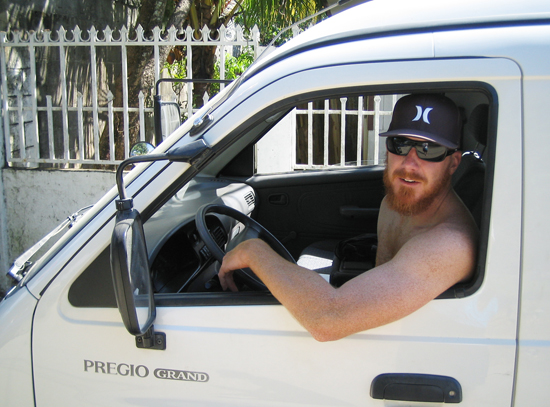
What is …
your profession?
Visual artist.
the best in your work?
The excitement of being connected to something you are creating.
the most annoying part of your work?
The red tape.
your favorite occupation?
The one I have.
__
Art or design?
Art
2D or 3D?
2d
72 ppi or 300 dpi?
300ppi
__
I …
love …
Technology.
hate …
Technology.
believe in …
Everything.
admire …
People that are calm.
__
I am …
interested in …
Creating space, mental and physical.
influenced by …
Music and science.
__
I’d like…
to meet …
Too many to mention.
to eat …
Toasted nori.
to possess …
The art of levitation.
to kick the ass of …
Royce Gracie, can you imagine the bragging rights.
to give all my money to …
The animals.
to ban …
Bad decisions.
to thank …
My parents for putting up with me.
